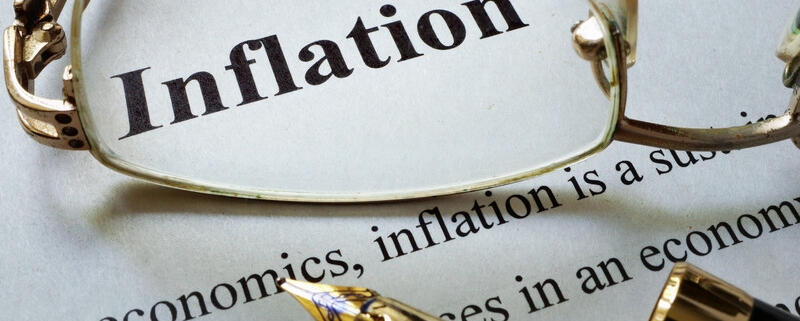The commercial real estate industry has undergone a rocky road over the past two years, as pre-Covid-19 predictions have been upended due to the unforeseen nature of the pandemic. But as the world begins its shift toward post-pandemic life, I believe that commercial real estate is on track for a serious rebound this year. While not every area of commercial real estate is set to see an upswing, there are a few predictions that are safe to make based on trends in the market.
Here are a few of my commercial real estate predictions for 2022:
Commercial Real Estate Will Bounce Back
First and foremost, the biggest prediction for 2022 is the recovery of the commercial real estate industry. While it has taken a beating during Covid-19 (and the Omicron variant does present a hurdle toward full recovery), sound fiscal policy could help the industry recover. Monetary policy could also ease some of the long-term inflation pressures as commercial real estate values rise. The demand for real estate will be high, though the areas in which people are investing might look a little different than in previous years.
Industrial Real Estate Will Keep Growing
Industrial real estate has blown up over the past year thanks to the rise of e-commerce. Online retailers such as Amazon are driving the construction of warehouses to house their products, while retailers like Walmart and Kroger are snatching up distribution facilities left and right. Manufacturers are also going to keep investing in commercial real estate as they increase the amount of inventory they keep onsite.
Office Real Estate Won’t Be Out Of The Woods Yet
The one part of commercial real estate that still has some trouble ahead is office real estate. While it won’t be terrible, demand won’t be nearly what it was in previous years as companies continue to hold off on returning to the office. As working from home both full-time and part-time becomes more of the norm, office space utilization will most likely be on a downward trend.
Hospitality Will Rebound
It will be good news for hospitality, as business and leisure travel seem inclined to grow this year. The travel boom will drive luxury hotels to continue to embark on renovation projects that may have stalled during the pandemic. These projects will likely be driven by both city centers and the hotels themselves as the demand for more hospitality spaces continues its upswing.
The Supply Chain Will Be Retooled
The supply chain has suffered quite a blow during the Covid-19 pandemic, which will require some retooling over the next year. Because the space near seaports is not widely available, many developers will have to invest in commercial real estate inland. In order to account for rising transportation costs, manufacturers will most likely have to add distribution facilities in closer proximity to manufacturing facilities.
Although nothing is set in stone for the future of commercial real estate, it’s safe to say that the economy behind commercial real estate is here to stay and that these predictions are well on their way to becoming reality.
Source: Forbes


